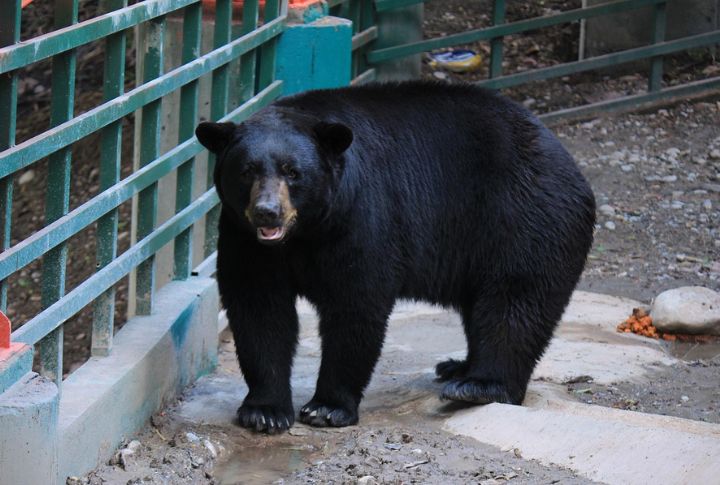
People often fear the return of predators, but what if their resurgence reveals more about us than them? The return of the American black bear isn’t just a wildlife headline. It’s a reflection of changing environments and protections. Here are the overlooked truths fueling one of nature’s quiet wins.
Protected Habitats Are Expanding Fast

More than 150 million acres across the U.S. are now protected under federal and state conservation programs, including key bear habitats like the Great Smoky Mountains and the Northern Rockies. The Wildlife Corridor Conservation Act also helped connect fragmented territories. These protected lands limit logging and mining to let bears live.
Hunting Regulations Have Tightened Up
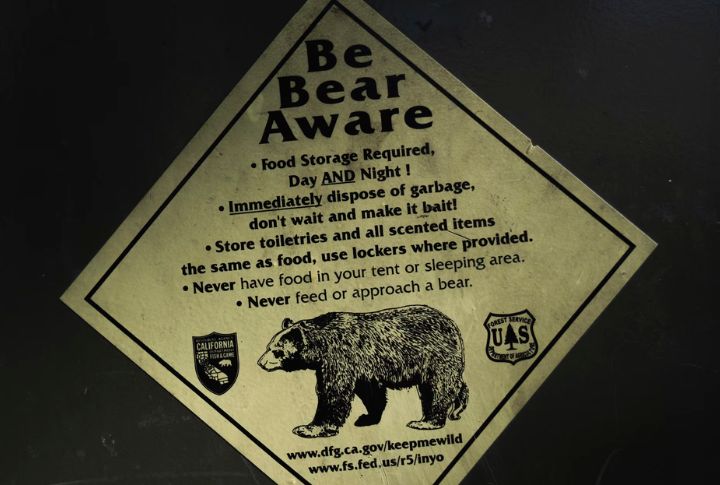
In the 1980s, unregulated hunting and poaching had black bears dwindling in states like Louisiana and Florida. Today, those same states have moratoriums or strict permit quotas. Many now require hunters to pass species ID tests to avoid shooting protected animals. Bag limits and population monitoring keep numbers balanced.
Black Bears Are Highly Adaptable
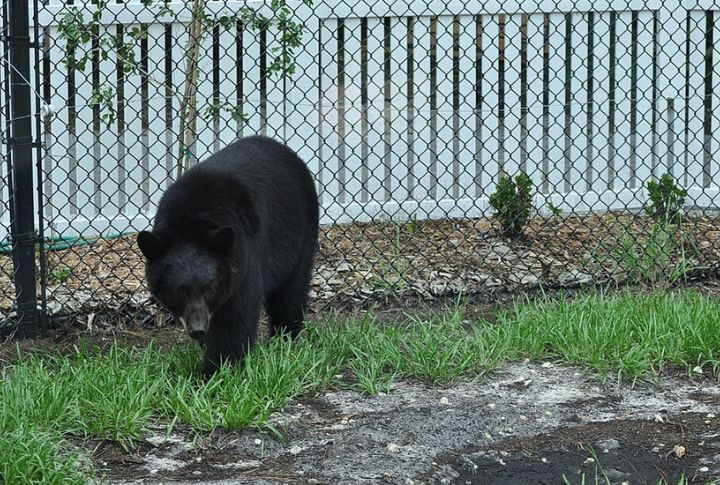
Ursus americanus doesn’t need untouched wilderness to survive. They’ve been spotted foraging in cornfields and climbing backyard fences in 42 states. These bears can eat 5,000 calories in a sitting and will shift their diets from berries to roadkill if needed. Some have even learned to open car doors and raid coolers.
Food Sources Are More Plentiful
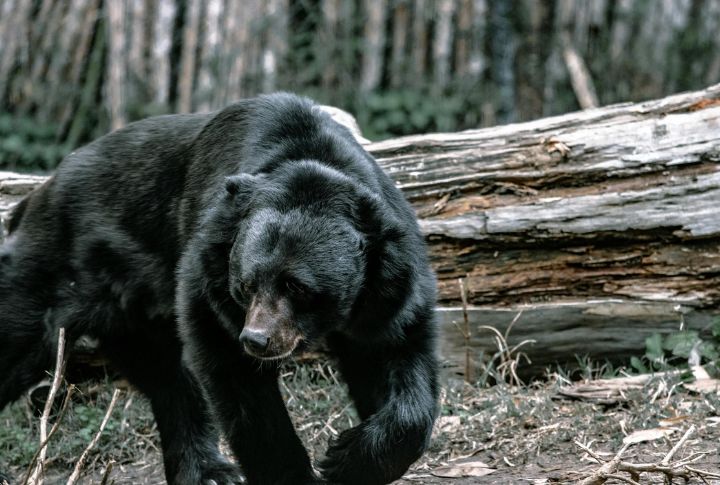
Thanks to suburban expansion and increased agriculture, high-calorie food is now easier to find than ever. Bears bulk up fast on cornfields, orchards, and even pet food. Studies in New Jersey show that black bears consuming human-associated food sources can gain up to 30% more weight before hibernation, which improves cub survival rates.
Human Encounters Rarely Turn Deadly
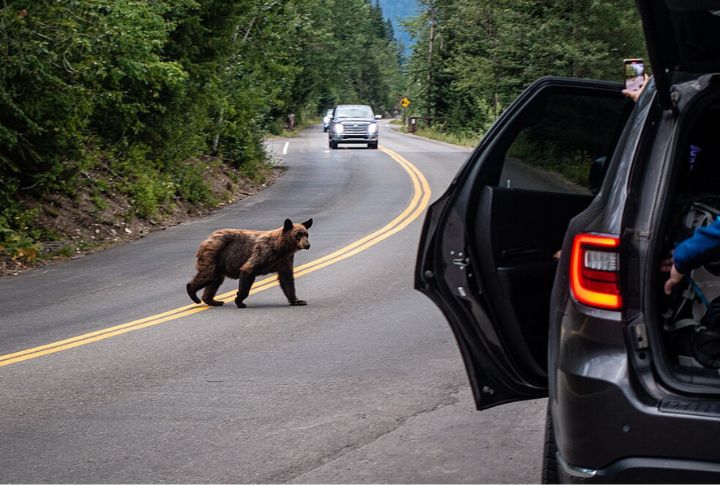
Unlike grizzlies, black bears rarely attack. Fatal encounters are extremely rare, averaging one every three years in North America. States like Colorado and California now rely on hazing and relocation rather than euthanasia. The result? Coexistence strategies have improved to allow bears to live near people without being eliminated at the first sign of trouble.
Reforestation Has Boosted Bear Numbers
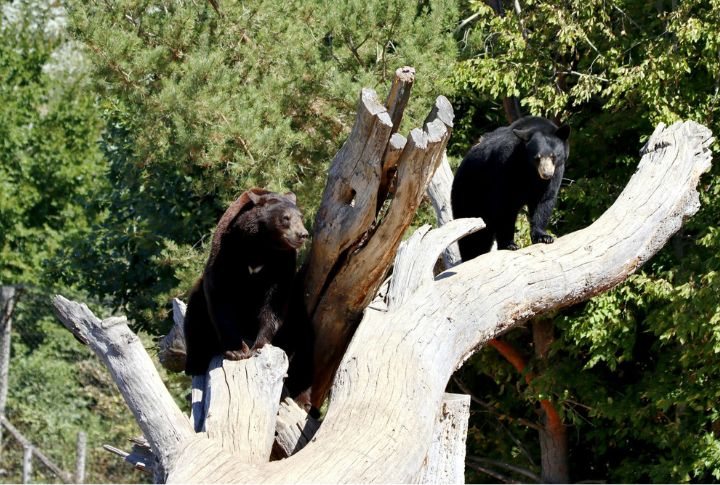
After decades of clearcutting, forests across the Northeast and Midwest have rebounded, which offers important shelter and denning spaces. A USDA Forest Service report shows forest cover increased in 13 Eastern states since 1990, particularly in areas once thought lost to development. These newly maturing forests are quietly powering a population surge.
Black Bears Are Reclaiming Old Territory
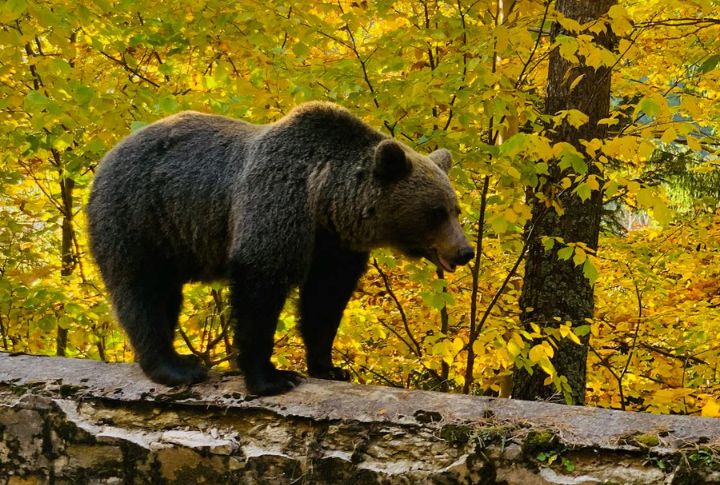
Black bears are returning to areas they haven’t roamed in over a century. States like Ohio, Missouri, and Texas now report growing populations in regions where bears were thought to be gone for good. Wildlife experts credit migration corridors and natural dispersal as young males seek new territories.
Breeding Rates Are Increasing Naturally

Female black bears can give birth every other year, usually to twins or triplets. Warmer winters also are giving these cubs a better start, as shorter hibernations mean less exposure to harsh conditions. In Minnesota, researchers have even documented some mothers raising litters of four.
Conservation Campaigns Worked
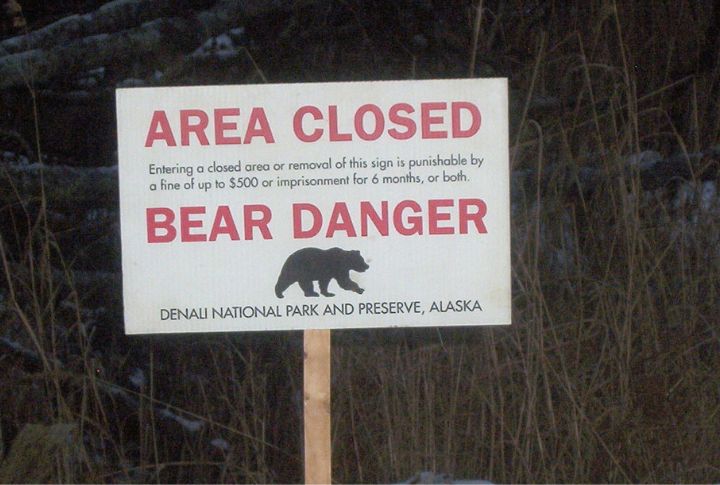
The “Be Bear Aware” programs that rolled out in the ’80s and ’90s weren’t just lip service. Park rangers gave school talks, aired PSAs, and handed out stickers at campgrounds. Today, people are more likely to report a sighting than grab a rifle. States like North Carolina now celebrate bears with festivals and tracking apps.
Climate Change Is Benefiting Them
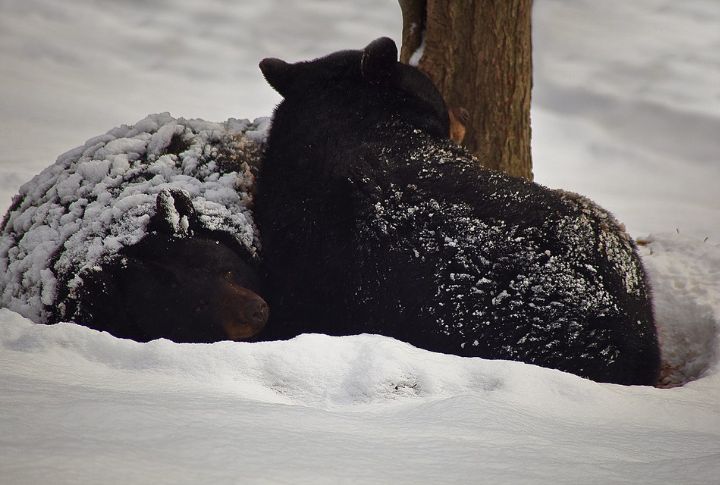
While many species struggle with shifting climates, black bears are finding unexpected advantages. Milder winters and longer growing seasons mean more food sources. These changes are also opening up new habitats, and in the Ozarks, bear sightings have doubled in areas that were once too cold to support them.
